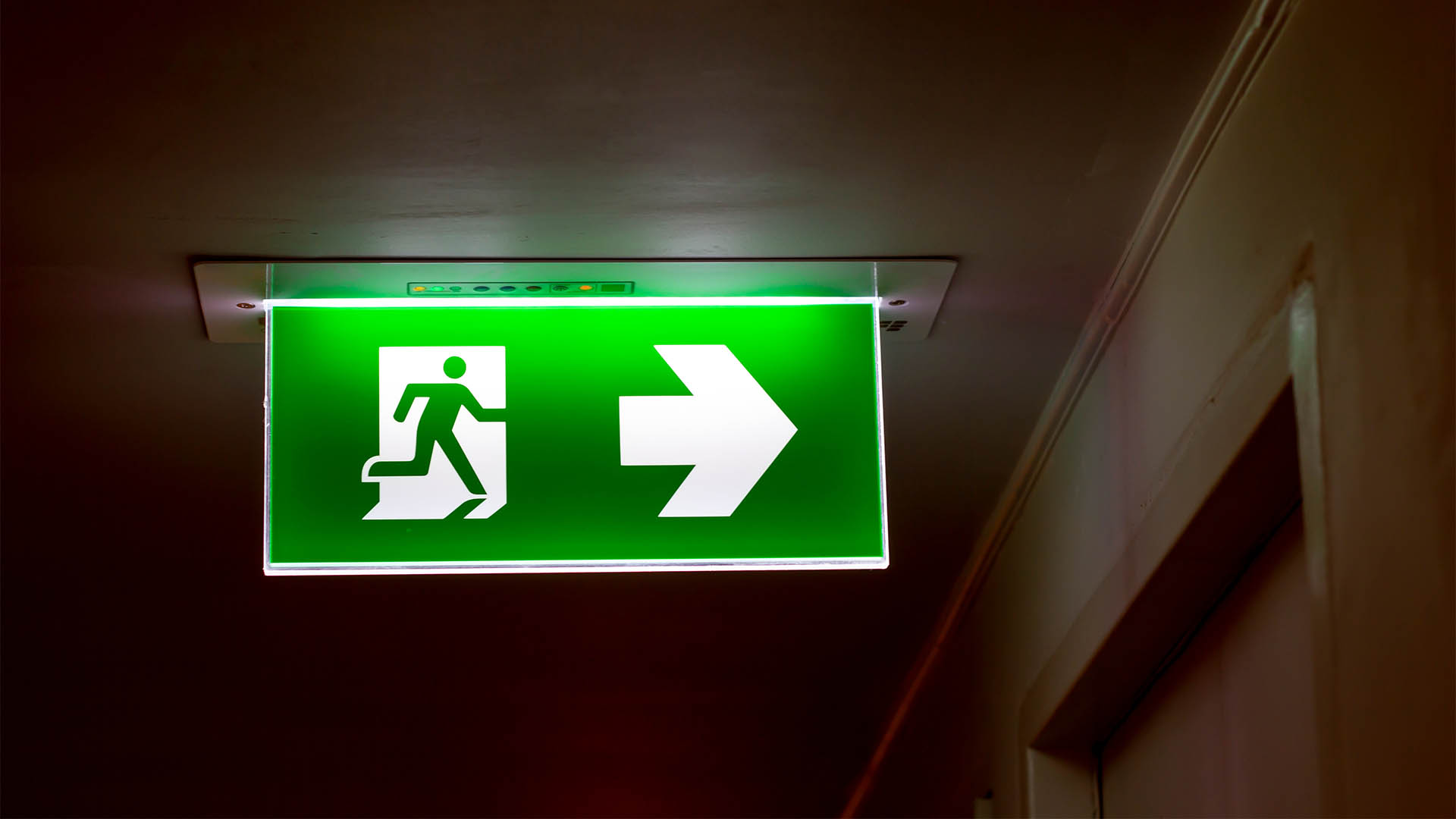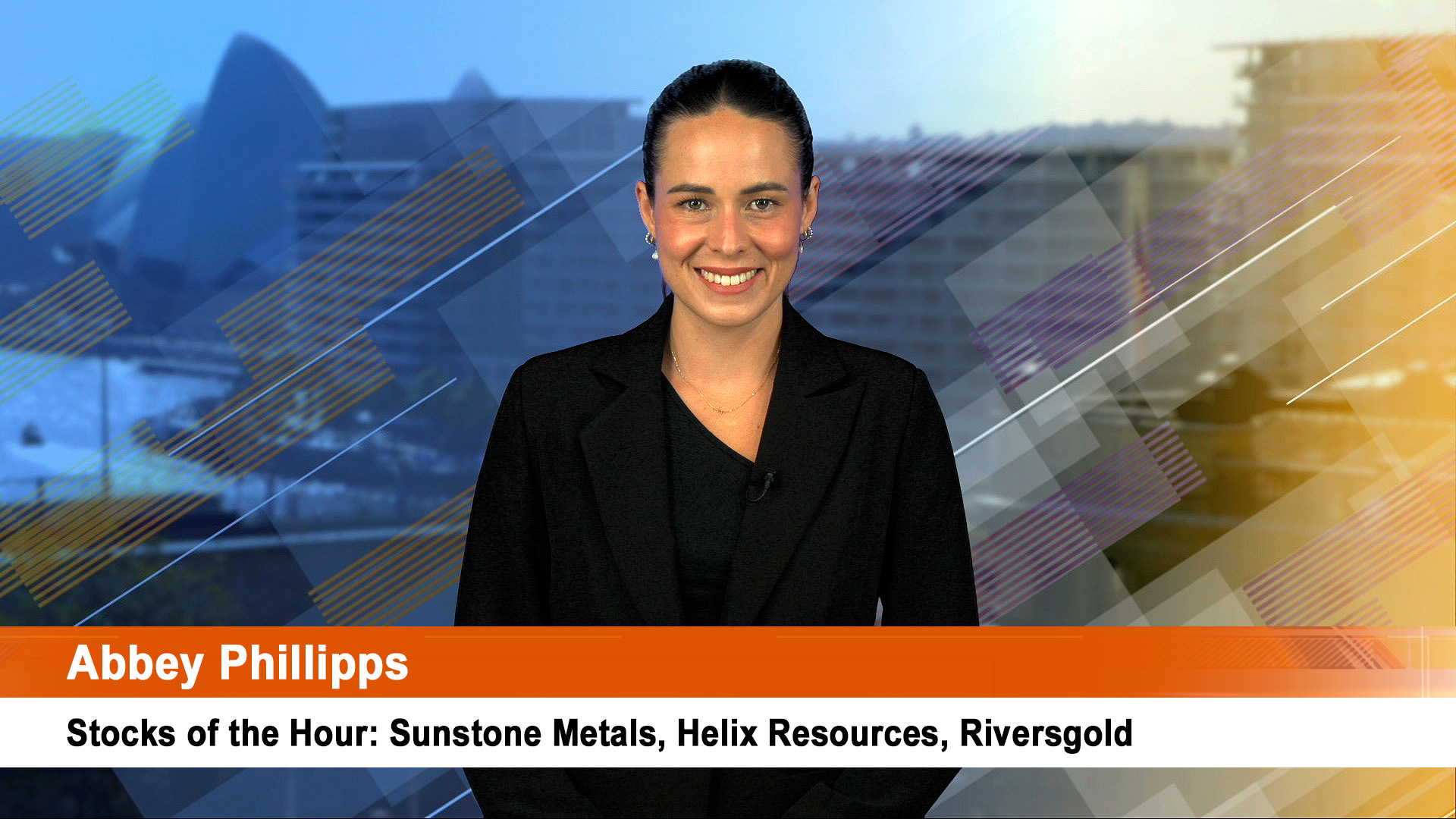Here’s the one retail manager that Woolworths, struggling with its costly foray in hardware, should have kept.
Overnight the mighty Wal-Mart, the world’s biggest retailer, sacked the head of its struggling US business and moved Greg Foran from Asia to the toughest job in the company.
It came four days after Tesco, the biggest UK retailer, sacked its CEO, Phillip Clarke after a second profit downgrade in six weeks.
Foran is the former head of Woolies supermarkets, Big W and Dick Smith businesses and missed out on the top job when the board chose Grant O’Brien to replace the retiring Michael Luscombe in late 2011.
Foran was then headhunted by Wal-Mart to work for the retailer in Asia at the end of 2011, and within six months of joining the company, was made head of the Chinese retailing operations, in 2012.
He had only been named to the top job for the US group in Asia a couple of months ago before the board and CEO came knocking with the toughest assignment in the sprawling retailer.
For Foran, the rise to the second most powerful job in Wal-Mart is nothing short of meteoric.
And success in reviving the flagging US operations (the most important part of the Wal-Mart empire) could see him in line to run the giant retailer, which would be both an endorsement of his time at Woolies and a slap at the retailer’s board for not choosing him.
Wal-Mart’s domestic retailing business accounts 60% of the company’s total revenue of $US480 billion.
But in the retailers first quarter, Wal-Mart posted its weakest sales growth in five years and its full-year profit forecast disappointed investors, and leading the way was the underperforming US business.
Foran replaces Bill Simon, who only joined the retailer back in 2006 and who has headed up the US business since 2010 and failed to stop the steady weakening of sales performance (it has had many quarters of negative same store growth) and weakening profitability.
US retail analysts say Simon was upset at losing the top job at Wal-Mart last year to Doug McMillon, who was favoured by the Walton family, which still controls the retailer.
Foran only moved to Wal-Mart’s Chinese business after he missed out on the top job at Woolworths when the board selected Grant O’Brien to replace Michael Luscombe who was retiring.
O’Brien has had to preside over the increasingly costly move into hardware via the Masters chain as Woolies attempts to battle Wesfarmers’ Bunnings operation which dominates the sector. Woolworths is in a joint venture with US hardware chain, Lowes.
Lowes reports its June quarter financials shortly and is widely expected to provide an update as to whether it will continue in its venture with Woolworths.
Some local analysts in Australia say Lowes wouldn’t surprise if it gives notice that it wants to quit the venture (which would mean Woolies might have to buy it out).
WOW vs WMT:NYSE vs LOW:NYSE – Will Lowes jettison Masters?

Foran is a Kiwi who has been a retailer for 35 of his 53 years and will need all the skills gained in that time selling to customers
Bloomberg painted this gloomy picture of Wal-Mart’s flagging US operation in a story overnight Thursday.
"Greg Foran, who takes charge Aug. 9, inherits a chain wedded to an outdated big-box model, struggling to grow sales in its stores and online, and losing customers because it can’t keep stores adequately stocked.
"The sluggish U.S. performance contributed to lower-than-projected sales and profit in the quarter that ended April 30. Wal-Mart’s profit forecast for the current quarter also came in lower than analysts’ estimates."
"Wal-Mart has pared its domestic workforce in recent years, putting a bigger load on remaining employees. U.S. staff at the main Wal-Mart chain and Sam’s Club warehouse chains fell by about 20,000 between 2008 and January of this year, according to a March filing.
"The company has about 1.4 million workers nationwide. Over that same period, it has added more than 650 U.S. Wal-Mart stores, bringing the total to more than 4,200.
"While the company said it planned to add labor hours to help bolster “in-store execution,” the Cleveland report said labor investments are “almost non-existent,” an issue the research firm called the “biggest problem by far.”
"Even as Wal-Mart tries to stock shelves better, the company is working to curb inventory growth in the U.S. — an effort to cut costs and avoid being stuck with slower-moving merchandise.
"Wal-Mart said earlier this year that it would try to limit its inventory increases to half the rate of sales growth in 2014. Over the past two fiscal years, growth of Wal-Mart’s U.S. inventory regularly has exceeded that of sales."
At Woolies, Foran followed in the footsteps of people like Roger Corbett, the long time CEO, who slashed logistics costs, forced down stock levels and increased stock turnover levels and cut working capital by hundreds of millions of dollars. He will need those skills and more in the US – especially when many of the company’s customers live on food stamps and welfare.
Simons’ sacking was the second major move in global retailing this week.
Earlier, Tesco, the world’s third biggest retailer and the largest in the UK sacked its CEO of three and a half years in Phiilip Clarke, and went outside retailing to replace him with a man called Dave Edwards.
He headed up Unilever’s global personal care business which has $US36 billion a year in sales.
Tesco has more than $US130 billion, a long way short of what Greg Foran will be overseeing at Wal-Mart.
Clarke was replaced a day short of celebrating his 40th year at Tesco.
The retailer had reported a rare 3.7% fall in same store sales in the first quarter in early June, and this week reported a further slide in sales and earnings, which sank Mr Clark’s future at the company.













